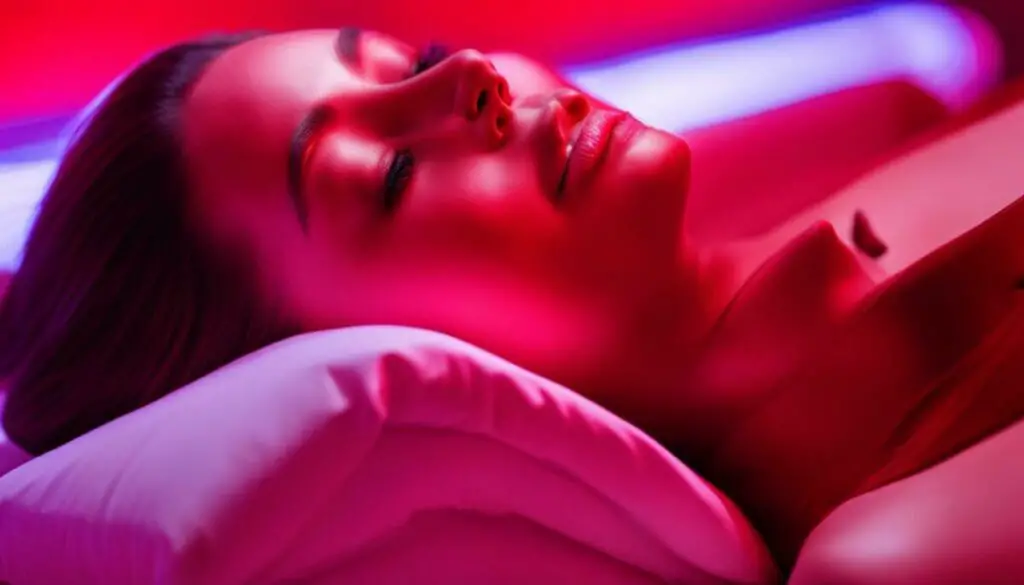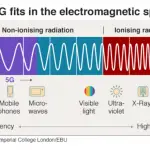Psoriasis is a chronic skin condition that affects millions of people worldwide. While there are several treatment options available, light therapy has emerged as a popular alternative due to its non-invasive nature and promising results. In this article, we’ll delve into the world of light therapy in psoriasis, exploring its benefits, risks, and potential drawbacks.
Light therapy is a treatment method that uses ultraviolet (UV) or other types of light to reduce the symptoms of psoriasis. Psoriasis is a chronic autoimmune disease that affects the skin, causing it to become red, inflamed, and scaly. Light therapy, also known as phototherapy, has been shown to be an effective treatment option for psoriasis, as it helps to slow down skin cell growth and reduce inflammation. In this article, we will explore the benefits and risks of light therapy in psoriasis treatment.
Contents
The Science Behind Light Therapy
Light therapy is a type of treatment that uses specific wavelengths of light to penetrate the skin’s surface and reduce inflammation. In psoriasis, light therapy is often used to slow down the rapid growth of skin cells, which is a hallmark of the condition. There are several types of light therapy available, including UVB, UVA, and PUVA. While UVB is the most commonly used type, PUVA is reserved for more severe cases of psoriasis.
UVB Light Therapy
UVB light therapy involves exposing the skin to artificial UVB light for a specific amount of time. This type of therapy is often administered in a dermatologist’s office, using a light box or a handheld device. UVB light therapy has been shown to be effective in reducing the symptoms of psoriasis, including redness, scaling, and itching. However, it’s important to note that UVB light therapy can increase the risk of skin cancer and premature aging.
UVA Light Therapy
UVA light therapy involves exposing the skin to artificial UVA light, often in combination with a medication called psoralen. This type of therapy is known as PUVA, and it’s typically reserved for severe cases of psoriasis that haven’t responded to other treatments. UVA light therapy works by penetrating deeper into the skin than UVB light, which can be beneficial for treating psoriasis on the scalp and other areas that are difficult to reach with UVB light. However, like UVB light therapy, UVA light therapy can increase the risk of skin cancer and premature aging.
The Benefits of Light Therapy in Psoriasis
Despite the risks, light therapy has several benefits when it comes to treating psoriasis. Here are some of the most noteworthy:
- Non-Invasive: Light therapy is non-invasive, meaning it doesn’t involve surgery or other invasive procedures. This makes it a popular option for people who would prefer to avoid more aggressive treatments.
- Effective: Light therapy has been shown to be effective in reducing the symptoms of psoriasis, including redness, scaling, and itching.
- Convenient: In many cases, light therapy can be administered in a dermatologist’s office or at home, making it a convenient option for people with busy schedules.
- Cost-Effective: Compared to other treatments, light therapy can be relatively cost-effective, especially if it’s administered at home using a handheld device.
Drawbacks of Light Therapy in Psoriasis
While light therapy has several benefits, it’s important to note that it’s not without its drawbacks. Here are some of the potential drawbacks to consider:
- Increased Risk of Skin Cancer: As mentioned earlier, Both UVB and UVA light therapy can increase the risk of skin cancer and premature aging. It’s important to discuss these risks with your dermatologist before starting light therapy.
- Side Effects: Like any treatment, light therapy can cause side effects, including redness, itching, and dry skin.
- Time-Consuming: Light therapy can be time-consuming, requiring several sessions per week for several weeks or months. This can be a challenge for people with busy schedules or who live far from a dermatologist’s office.
Narrowband UVB Light Therapy
Narrowband UVB light therapy is a newer type of UVB light therapy that uses a more targeted wavelength of light. It has been shown to be effective in reducing the symptoms of psoriasis, while also reducing the risk of side effects like burning and premature aging. Narrowband UVB light therapy is often administered in a dermatologist’s office using a light box, but it can also be administered at home using a handheld device.
Excimer Laser Therapy
Excimer laser therapy is a type of light therapy that uses a focused beam of UVB light to treat psoriasis. It’s often used for psoriasis that is limited to specific areas of the body, such as the elbows or knees. Excimer laser therapy is known for its precision, allowing dermatologists to target only the affected areas of skin while minimizing exposure to healthy skin. It’s typically administered in a dermatologist’s office, and it has been shown to be effective in reducing the symptoms of psoriasis.
Potential Risks and Side Effects
While light therapy can be effective in treating psoriasis, it’s important to be aware of the potential risks and side effects. Here are some of the most common:
- Redness and itching: Light therapy can cause redness and itching, especially in the areas of skin that are being treated. These side effects are usually temporary and can be managed with moisturizers and other topical treatments.
- Dry skin: Light therapy can also cause dry skin, which can be uncomfortable and itchy. Moisturizers can help to alleviate this symptom.
- Increased risk of skin cancer: Both UVB and UVA light therapy can increase the risk of skin cancer and premature aging. It’s important to discuss these risks with your dermatologist before starting light therapy.
- Eye damage: Light therapy can cause damage to the eyes if proper precautions aren’t taken. Dermatologists typically provide patients with protective goggles to wear during treatment.
FAQs for Light Therapy in Psoriasis
What is light therapy in psoriasis?
Light therapy, also known as phototherapy, is an effective treatment for psoriasis that involves exposing the skin to specific wavelengths of light. The most commonly used forms of light therapy for psoriasis are ultraviolet B (UVB) and ultraviolet A (UVA), either alone or in combination with other treatments.
How does light therapy work for psoriasis?
Light therapy is believed to work by slowing down the production of skin cells and reducing inflammation. When the skin is exposed to UVB or UVA light, it triggers biochemical reactions that reduce the activity of T cells, a type of white blood cell that plays a key role in psoriasis.
What are the benefits of light therapy for psoriasis?
Light therapy is considered a safe and effective treatment for psoriasis, as it can significantly improve symptoms such as redness, scaling, itching, and overall skin appearance. Unlike some medications, it does not have significant side effects, and it does not require frequent visits to a healthcare provider.
Who can benefit from light therapy for psoriasis?
Light therapy is recommended for people who have mild to moderate psoriasis that is resistant to other treatments. It can also be used in combination with other treatments, such as topical medications or systemic medications, to help control symptoms.
Are there any risks associated with light therapy for psoriasis?
While light therapy is generally considered safe, there are some potential risks associated with this treatment. These include skin damage, increased risk of skin cancer, and other side effects such as itching or redness. However, these risks can be minimized by following the instructions of a healthcare provider and properly protecting the skin during treatment.
How long does it take to see results from light therapy for psoriasis?
The amount of time it takes to see results from light therapy varies from person to person, but most people will start to see improvement within 4 to 8 weeks of starting treatment. However, it is important to stick to the treatment plan recommended by a healthcare provider and attend all scheduled appointments to ensure the best possible results.
Can light therapy cure psoriasis?
While light therapy can significantly improve symptoms of psoriasis, it is not a cure for the condition. Psoriasis is a chronic autoimmune disorder that requires ongoing treatment to manage symptoms and prevent flare-ups. However, light therapy can be an effective tool for managing symptoms and improving quality of life for people with psoriasis.







